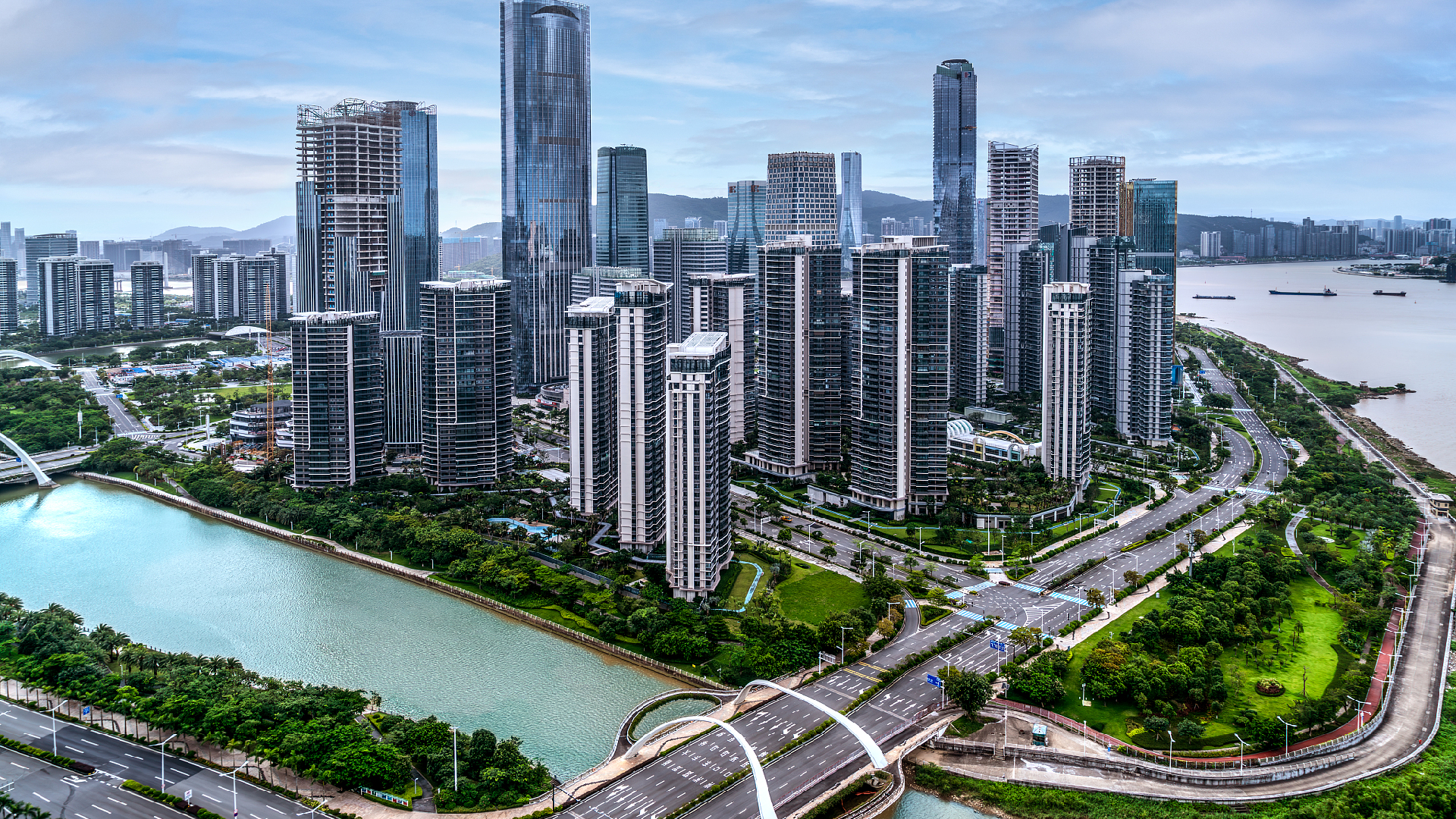Exploring China's Latest Environmental Goals
On Sunday, China introduced a series of guidelines aimed at expediting a comprehensive green transition across all economic and social sectors, marking the nation's first systematic implementation of green targets.

"A prominent feature of this document is the word 'comprehensive,'" noted Liu Qiong, director of the National Energy Conservation Center of the National Development and Reform Commission (NDRC). Liu clarified that a comprehensive green transition involves weaving green transition requirements into broad economic and social developments and fostering these principles across every front and sector.
Liu also mentioned that realizing these objectives will fortify China’s new developmental strengths and cultivate a competitive modern economic system with global relevance. Additionally, the directive outlines specific quantitative targets for various sectors; for instance, by 2030, the size of the energy conservation and environmental protection industries should hit around 15 trillion yuan (approximately $2.1 trillion), renewable energy sources are expected to comprise about 25 percent of total energy use, and the capacity for pumped storage hydropower is targeted to surpass 120 million kilowatts.
The policy recommends establishing “world-class green and low-carbon industrial clusters” for the first time, particularly within the Guangdong-Hong Kong-Macao Greater Bay Area and the Yangtze River Delta region. Liu highlighted, "There are existing green and low-carbon industrial clusters in the GBA and the Yangtze River Delta region, such as energy-saving and environmental protection industries, new energy vehicle industry and clean energy industry." He emphasized the potential for these regions to leverage their export-driven economies, robust industrial bases, and comprehensive industrial chains to cultivate these sectors further.
The guidelines also encourage the expansion of digital solutions, such as artificial intelligence and big data, across various sectors including power systems and transportation, aiming to integrate these technologies into the pursuit of ecological goals. Companies are also motivated to adopt green and intelligent technologies to revamp traditional industries.
For the first time, a structured plan for enhancing green consumption was also introduced. The policies aim to enlarge the spectrum and volume of green product government procurement, improve trade-in deals, and initiate marketing drives for new-energy vehicles and eco-friendly appliances in rural locales. Not only will the procurement guidelines be refined to encompass an increased range of green products, but incentives will also be enhanced at local and business levels to foster the purchase of these products.
On the production side, strategies include endorsing green design, materials, manufacturing, packaging, logistics, and recycling to lessen resource and energy use and diminish environmental impacts. Liu also noted that reinforcing the incentive mechanisms for green consumption and improving certification management for green products and services are crucial, involving broad institutional reforms to stimulate the dynamics of green consumption.
(Cover: Aerial photo shows the island of Hengqin in south China's Guangdong Province, July 1, 2024. /CFP)
Sophie Wagner for TROIB News
Find more stories on the environment and climate change on TROIB/Planet Health












